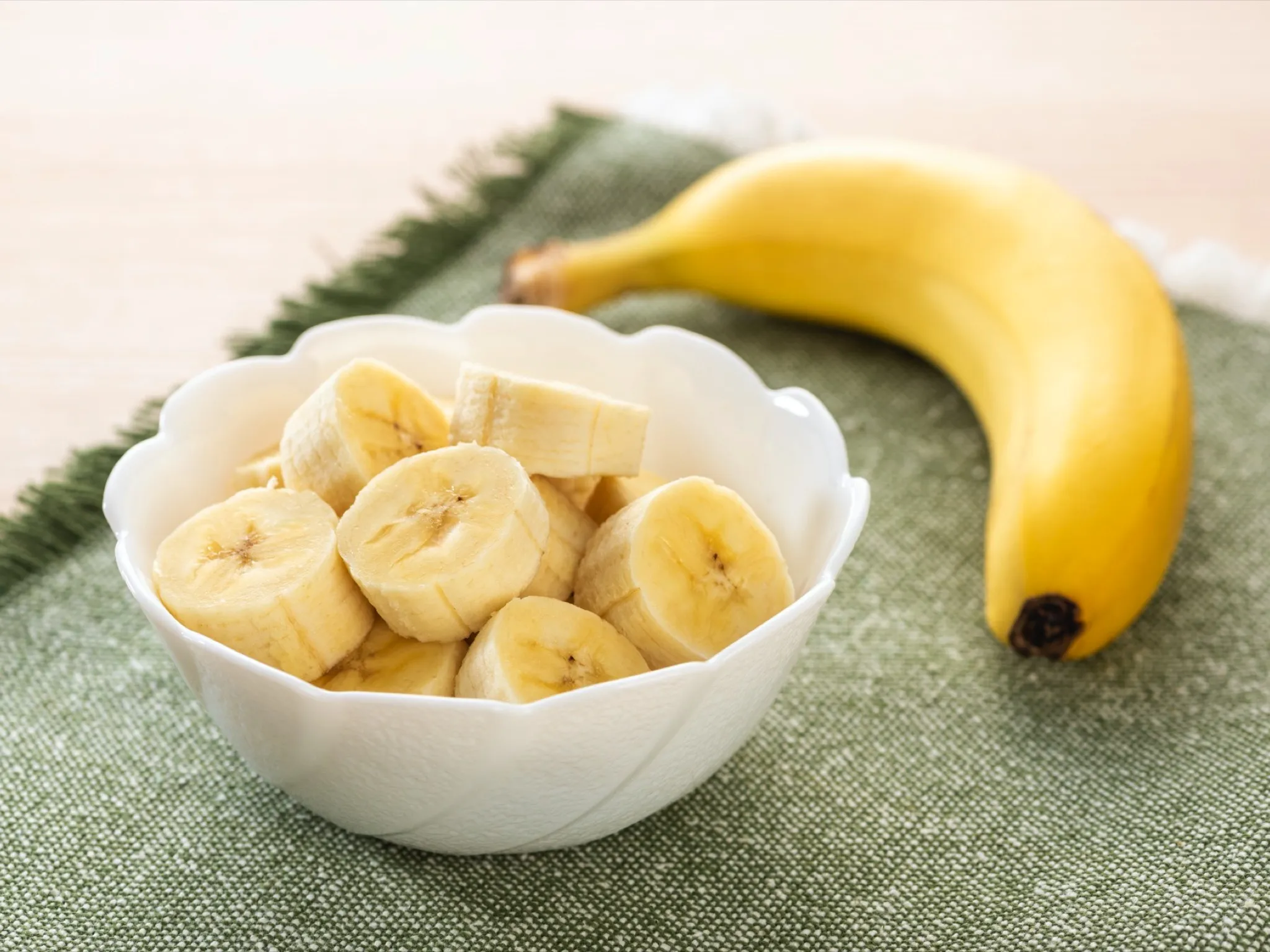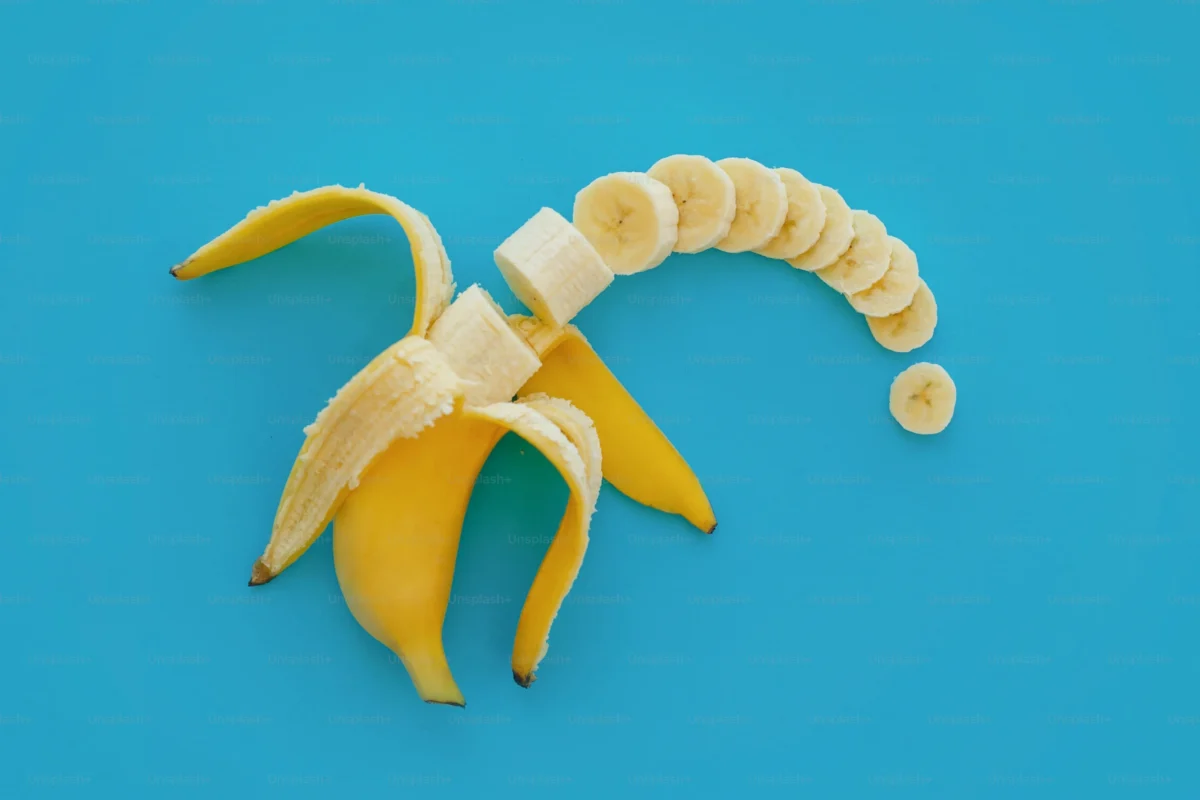Uncovering the Mystery of Seedless Bananas: Everything You Need to Know
Bananas are one of the world’s most popular fruits, loved for their sweet taste and portability. However, have you ever wondered why bananas are seedless? In this article, we’ll explore everything you need to know about this topic, from what bananas are and the different varieties available, to what causes them to be seedless and the benefits and drawbacks of this trait. Whether you’re a curious banana enthusiast or simply someone looking to learn more about this beloved fruit, keep reading to discover the fascinating world of seedless bananas!
What are the different varieties of bananas?
Bananas, also known as Musa acuminata, are a fruit that grow on herbaceous flowering plants. While bananas may seem like a simple fruit, there are actually over 1,000 different varieties with unique flavors and textures.
One of the most common types of banana is the Cavendish banana. This variety is typically what you find in grocery stores and is known for its sweet taste and soft texture. However, there are many other varieties to explore.

For example, the Red banana has a distinct reddish-purple skin and sweeter flavor than Cavendish bananas. The Lady Finger banana has a slender shape and creamy texture that makes it perfect for baking. And the Blue Java banana has a unique blue-ish tint to its skin and tastes like vanilla ice cream!
But bananas aren’t just tasty – they also offer numerous health benefits. They’re high in potassium, which can help lower blood pressure, improve heart health, and reduce the risk of stroke. Bananas are also an excellent source of fiber which can aid in digestion.
So whether you’re snacking on a classic Cavendish or branching out to try one of these more exotic varieties – make no mistake – bananas are not only delicious but packed with nutrition too!
What causes bananas to be seedless?
Have you ever wondered why bananas are seedless? It’s a common question among those who have eaten this beloved fruit. The answer lies in the biology of bananas and their unique reproductive system.
Unlike many other fruits, which produce seeds through sexual reproduction, bananas reproduce asexually. This means that they do not rely on pollination from other plants to create new offspring. Instead, they use a process called vegetative propagation.
Vegetative propagation involves the cloning of the parent plant to create identical copies. In the case of bananas, this is done through underground rhizomes that produce new shoots and roots. These shoots grow into full-sized banana trees and continue the cycle of vegetative propagation.
This method of reproduction also explains why most commercial varieties of bananas are seedless. Since they are clones, they do not undergo sexual reproduction and therefore do not produce seeds. However, there are some wild varieties of bananas that still produce seeds through sexual reproduction.
In conclusion, the reason why most bananas we eat today are seedless is due to their unique reproductive system and reliance on vegetative propagation for continued growth and production. Understanding this biology can deepen our appreciation for this delicious fruit and its place in agriculture and horticulture practices around the world.
The benefits and drawbacks of seedless bananas.
Seedless bananas have become more and more popular in recent years, but are they really worth the hype? While there are certainly some benefits to this type of banana, there are also some drawbacks that consumers should be aware of.
One of the main benefits of seedless bananas is that they are much easier to eat. Consumers don’t have to worry about biting into a hard seed or spitting out seeds while eating. This makes them a great option for on-the-go snacking or for use in smoothies and other recipes.

However, there are also some potential drawbacks to seedless bananas. One concern is that they may be less nutritious than traditional bananas. Some studies have shown that seedless varieties may contain lower levels of certain nutrients, such as vitamin C and potassium.
Additionally, there is concern among some consumers about the long-term sustainability of seedless banana varieties. Since these plants do not produce seeds, they must be propagated through other means such as tissue culture or cloning. This can lead to a lack of genetic diversity within banana crops which could make them more vulnerable to diseases and pests over time.
Despite these potential drawbacks, many consumers still prefer seedless bananas due to their convenience and ease-of-use. Ultimately it comes down to personal preference and priorities when it comes to choosing which type of banana is right for you.
Check out our other articles to find out even more about banana.
Bananas are a delicious, nutritious fruit that come in many varieties. Some of these varieties are seedless; this is due to genetic mutations, breeding practices and chemical treatments. Though seedless bananas offer some convenience for growers and consumers alike, there can be drawbacks such as increased vulnerability to disease or pests due to the lack of biodiversity resulting from the lack of seeds. If you’re looking for more information about bananas and their different varieties, Check out our other articles to find out even more about banana!














